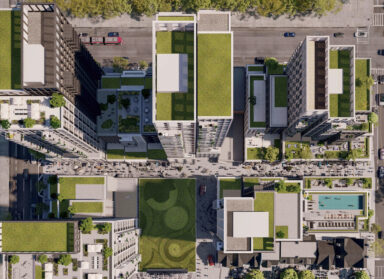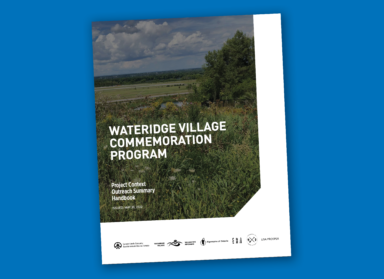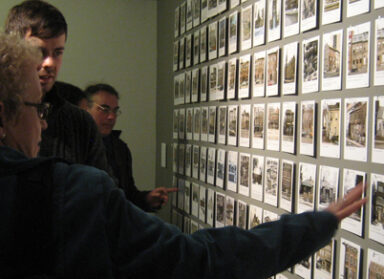With any exercise in mapping there are a whole series of interesting Borges-like adventures that reveal themselves. There is the story or stories the map-writer wishes to tell, but to the map-reader there are countless other stories which may appear as unpredictable discoveries beyond the intentional.
As a child, playing the game of ‘connect the dots’ is an early exploration in map reading. One carefully draws the lines from dot to dot until the little rhinoceros reveals itself, and there is a moment of discovery, recognition and pleasure. With every map this same moment of discovery lies in wait – and the more complex the map, the greater the pleasure there is in reading it.
In reading any map there are the representational issues between the map and the place on the ground; the real place to which the map corresponds. The map is a selective recording of some specific data. The reader must connect the dots between the data, and find the correspondence that tells her more about that place. Beyond the simplest of storylines the reader’s own experience and knowledge of the place and knowledge of the data can provide a rich, nuanced, synergistic reading.
A map can also be like an architectural drawing – which is a series of visual instructions, or a map for action – in that it can be a delineation of something that does not yet exist. And in this case, can the reader visualize the impact and understand the potential should this mapped fictional place slip into the real world?
Mapping of places is an act of the imagination, both for the map-maker and the map-reader. Wellbeing Toronto presents new and different data from what we have seen before and has the potential to reveal patterns of the city that had previously been unreadable. With this mapping tool the City of Toronto are opening up room for discussion leading to multiple readings, multiple interpretations, and the potential for action.
The image above overlays the 1894 and 2010 built-form maps of Toronto, produced by ERA.




